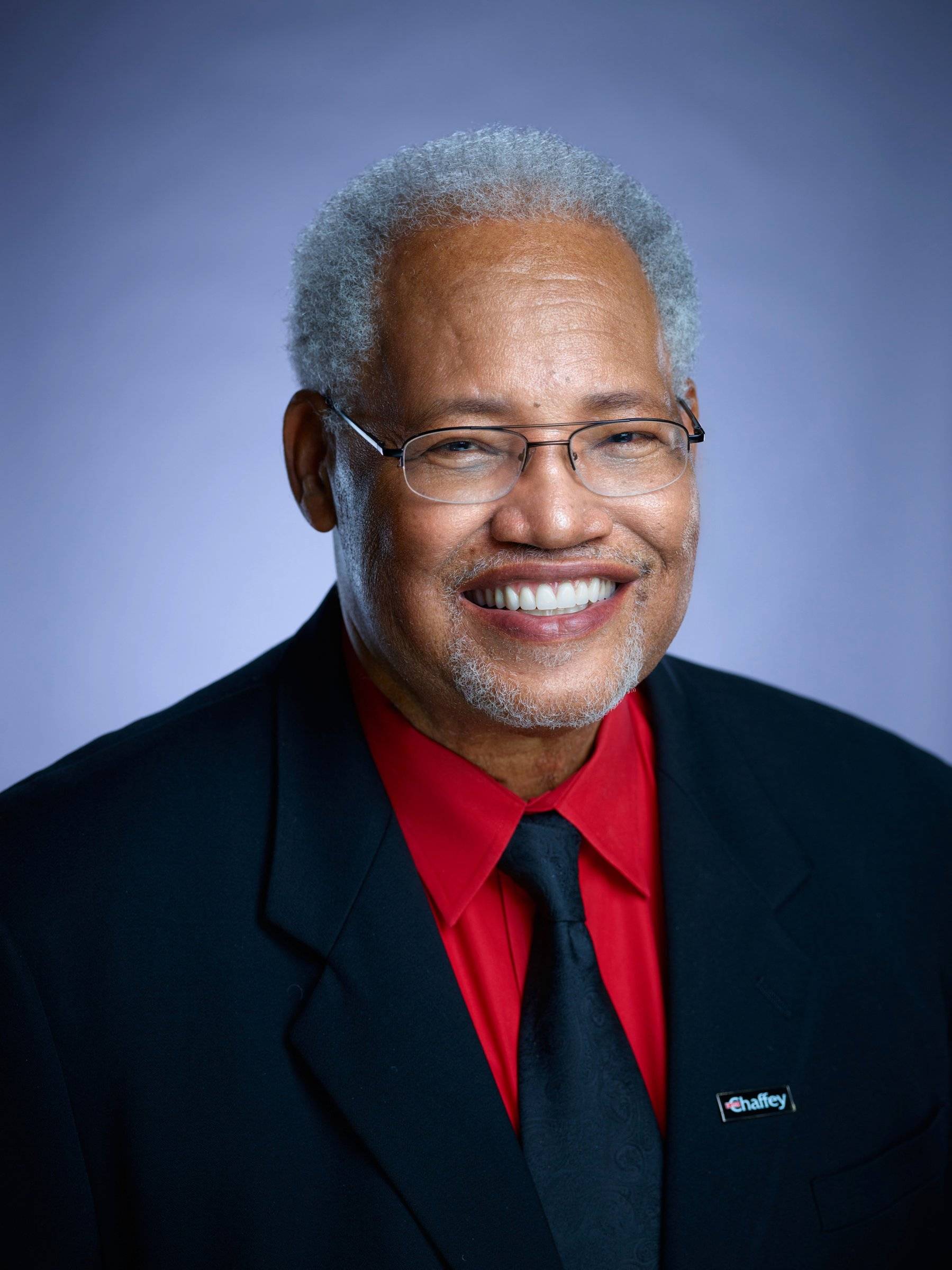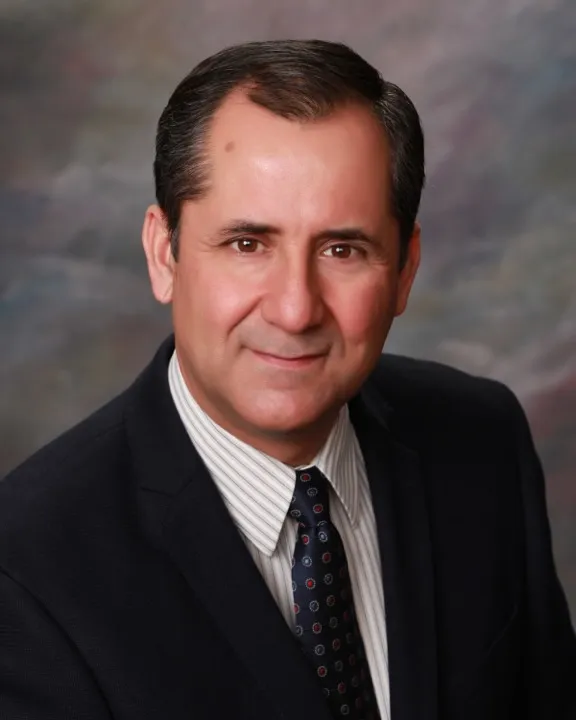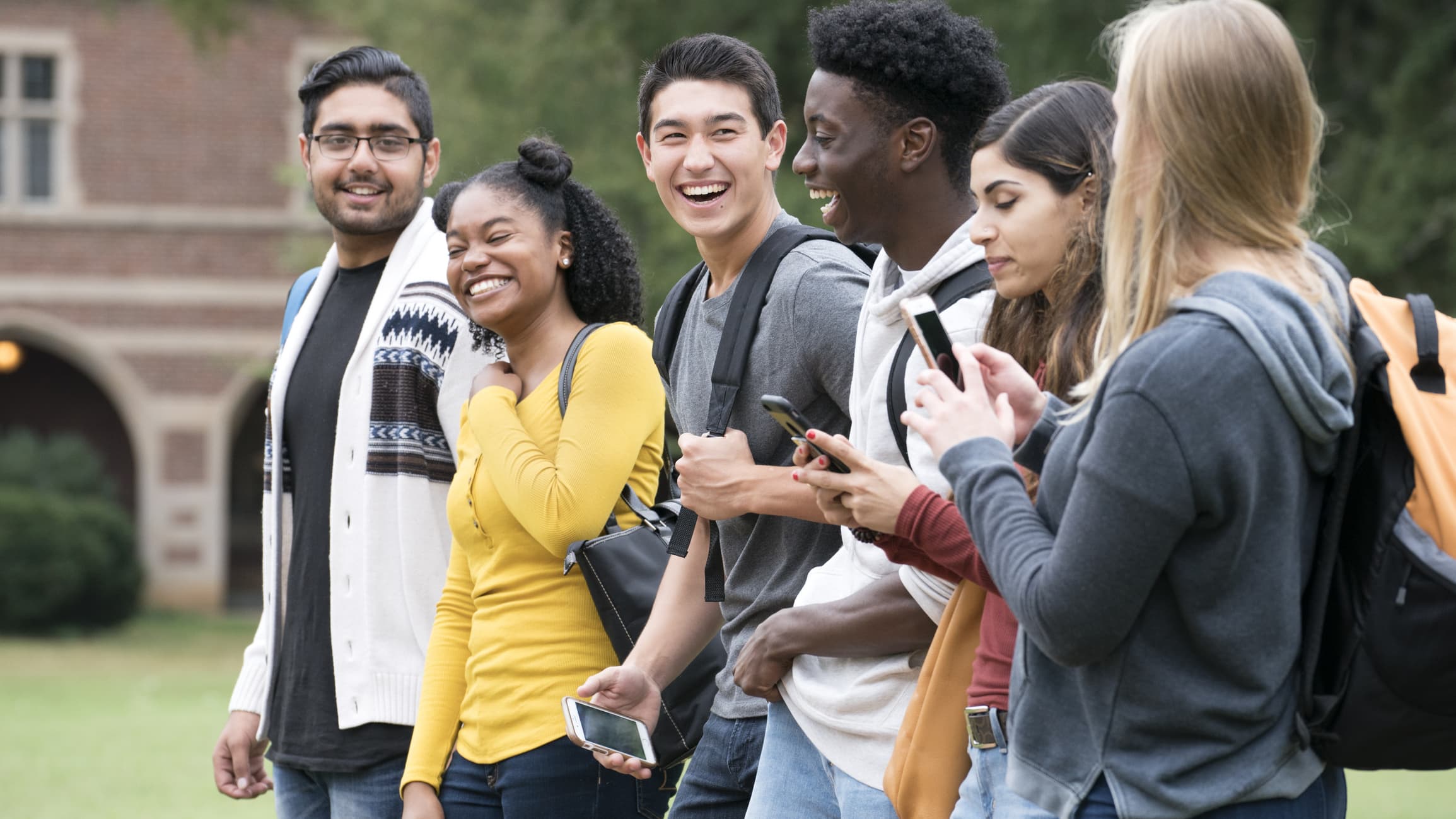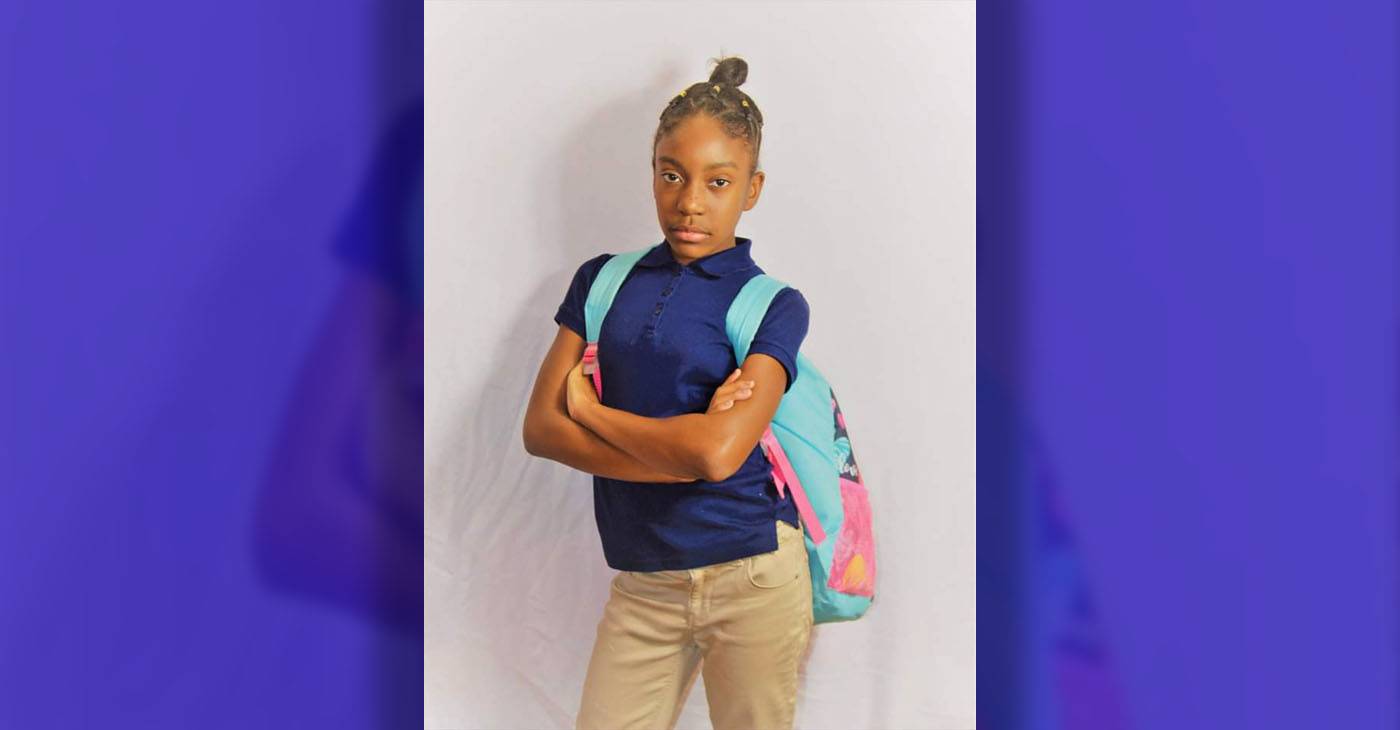Henry D. Shannon, Ph.D. serves as Chaffey College superintendent/president.
By: Henry D. Shannon, Ph.D., President, Chaffey College
I entered the classroom in the 1970s full of energy and ideals. Many of the students I taught faced racial barriers and generational poverty – something I knew well as a Black man from the South and Midwest.
Today our educators are on the front lines of different student challenges — including mental health struggles like suicidal ideation, depression and anxiety. Faculty continue to be on the front lines, alerting us to about 50 percent of cases of students with mental health challenges at the college I serve.
And while we have made great strides in addressing this important need since the pandemic, it is clear that we are not doing enough. As we celebrate “World Mental Health Day” on Oct. 10, I encourage colleges to consider hiring dedicated staff to address mental wellness, and make services available to students daily across all campuses.
Many professors walk into classrooms unprepared for the times in which we currently live. Anxiety levels run especially high in these times, felt most acutely by students with diverse identities and experiences, including undocumented, LGBTQIA and other underrepresented populations.
And with the high cost of living in California, our instructors have been witnessing an increase in students facing food and housing insecurities, which further exacerbate challenges with mental health. Students who are worried about where they will sleep at night are at a higher risk for depression and anxiety, and it drastically increases the likelihood of them dropping out of their courses.
The pandemic encouraged us to reexamine the way we serve our students, and that led to many colleges expanding support for things like food, housing and mental health support. The staff at my college receive training in what to expect and how to respond when they encounter a student experiencing mental health concerns. For our employees – particularly the more than 50 new instructors hired in the last five years – this is crucial.
Many students who are facing adversity and hardships now know where to reach out when they need help.
Yet, a gap remains.
College Pulse in a 2023 survey of 3,000 undergraduate students said that only half of students experiencing issues with mental health sought counseling on their campuses. One third did not even know where to go on campus to get help for themselves or a friend.
And the American Psychological Association reported that about 30 percent of college students do not know they qualify for mental health services through their schools.
Why are not enough students reaching out to us?
The answers are not surprising. A Healthy Minds Network study showed that some students avoid getting help due to personal or perceived stigmas surrounding mental health. This factor, combined with a lack of awareness of available resources, shows us that our campuses as a whole need to have more open and honest discussions about mental health.
Mental wellness should be a prominent thread in the fabric of campus culture. Not only do we need to make it more obvious that services exist to help students, but our campuses as a whole – students, faculty and staff – need to make it clear that getting help does not constitute weakness. It does not make you “less than.”
Students facing struggles related to mental health are more likely to seek help if they feel a sense of belonging and that mental health awareness is part of the social norm on our college campuses. We need to reach students earlier in their struggles to help them before these challenges become severe. And we cannot forget that our faculty – who often encounter these issues first – also need our support.
Let us all step up, and ensure that our students know they are not alone and that we are there for them, because acting today can make a huge difference tomorrow.





